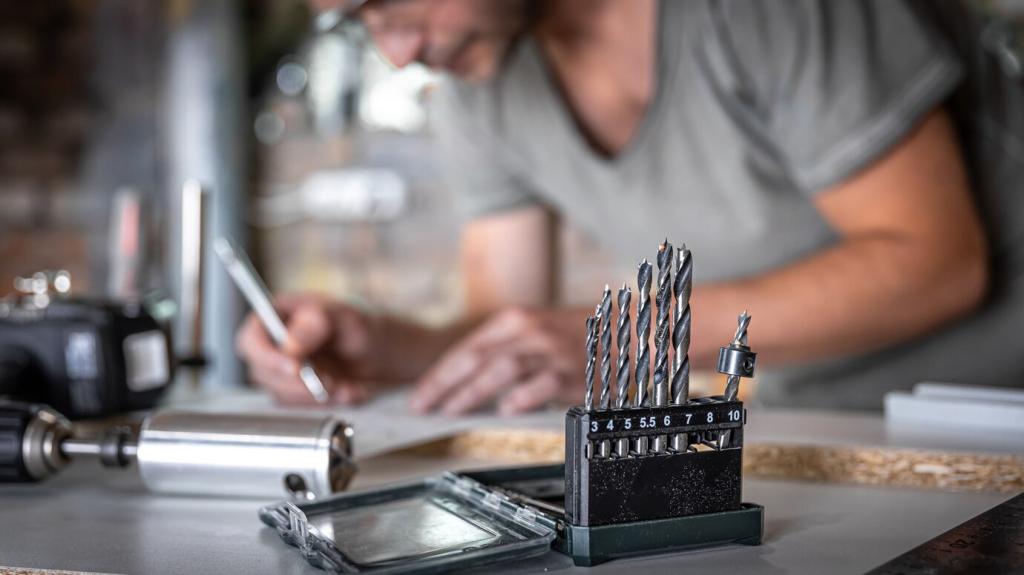
Arduino-Enabled Motion Sensor System
The Arduino-Enabled Motion Sensor System represents a cutting-edge approach to movement detection and automation, combining the versatility of Arduino microcontrollers with advanced sensor technology. This web page provides comprehensive insights into the design, functionality, and application of such systems, exploring the intricate interplay between hardware, software, and real-world use cases. Here, readers will gain a deeper understanding of how Arduino-powered motion sensors work, their practical benefits, installation steps, and guidance for troubleshooting and future innovations. Whether you are a developer, hobbyist, or systems integrator, this resource empowers you with the knowledge to implement and leverage motion sensor technology efficiently.
Overview of Arduino-Enabled Motion Sensor Systems

Planning Your System Architecture

Hardware Assembly and Connections

Writing and Uploading Code
Practical Applications and Use Cases

